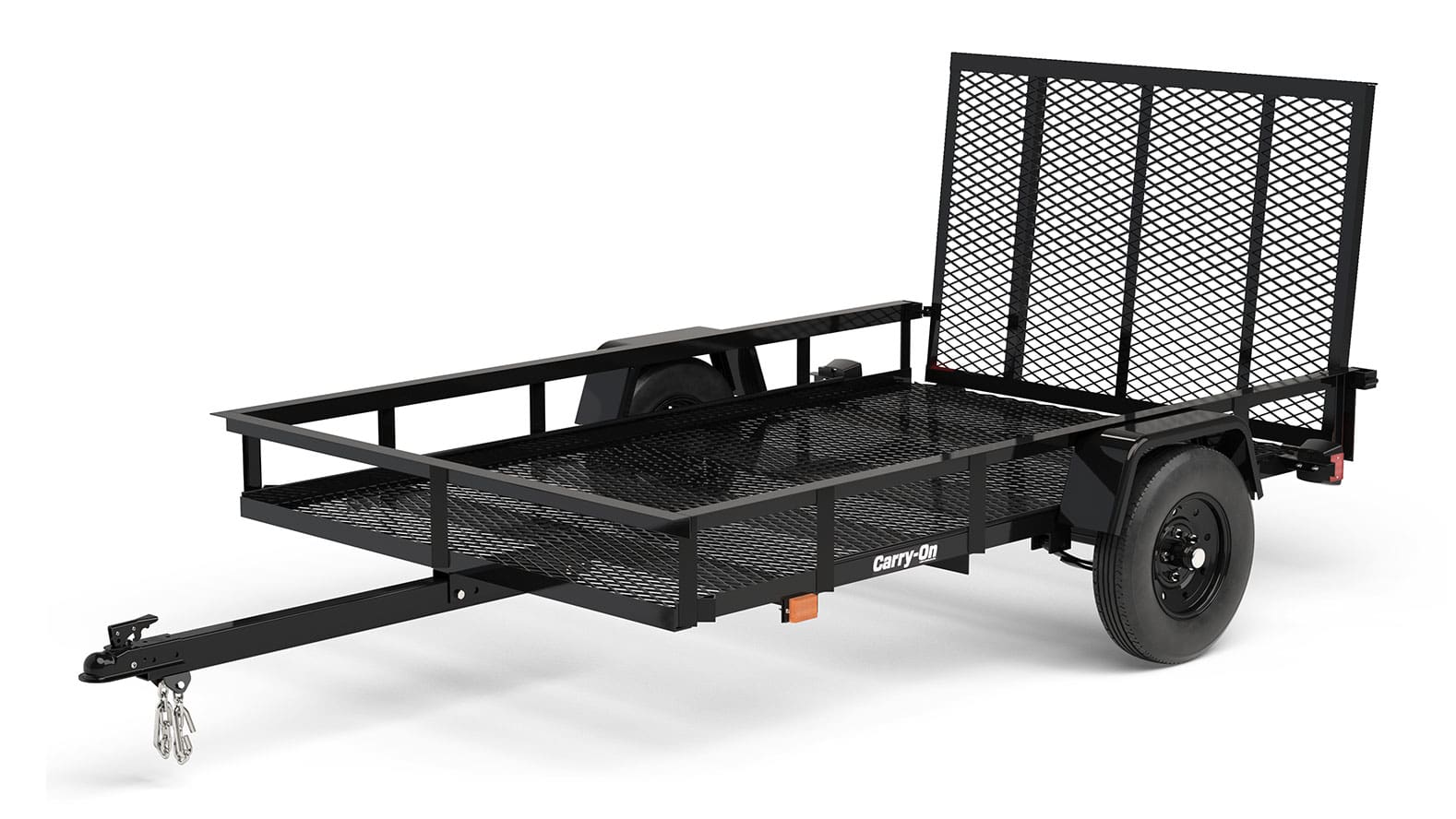I love my 2021 RAV4 Prime, but there are some quirks that bug me ...
I'm sure I have forgotten a few. Anyone else? Maybe Toyota designers will pay attention some day?
- The vibration in the steering column cover molding that drives me crazy because I can't get it to shut up!
- The way the door frames drip big drops of water or globs of snow on my seats when the doors are opened (instead of deflecting it)
- The high passenger seat and low door opening, so that my (medium height) passengers repeatedly bump their heads getting into the vehicle
- The Toyota Cruise Control system (I'm a long-time Honda driver) that requires multiple buttons to be pressed (while keeping eyes on the road...!) and half the time I switch off instead of on! (With Honda, you can leave the cruise control system on, and just set/accelerate/decelerate/resume/clear as needed. You don't have to switch cruise control ON every time you drive.)
- The way the interior knobs and switches are all pitch black in the dark.
I'm sure I have forgotten a few. Anyone else? Maybe Toyota designers will pay attention some day?





